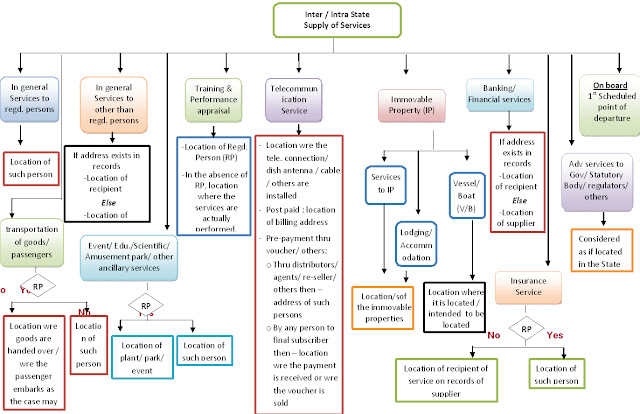“The story of gold has a deeper message, one that has none of the transitory qualities of what we choose to use as money. Seen in this broader sense, the story of gold has no ending.” _ Peter Bernstein in The Power of Gold
When compared in world level India is considered to be as the largest consumer of Gold. Until 1990, Gold Control Act, huge quantity of gold was entering into India either through legal or illegal means. The private holders used to hold around 10 tola bars of gold which would be converted into jewellery during family functions. Investment in 22 carat gold still beats the security markets and it still remains the favoured mode of investment.
This attitude of the people has paved way for the banks to bring in the Gold Deposit Scheme, and even sale of gold through Banks. While, the government has brought in various regulations and restrictions (restriction on gold loans, unregulated deposits scheme ordinance 2019 and so on), inorder to ensure that the liquid cash flows back into the markets (security market).
As per the report of the World Gold Council in March 2019, it is observed that India has the 11th largest gold reserve and the current holding pegged at 607 tonnes. India would have been at the tenth position had the list included only countries. International Monetary Fund (IMF) ranks third on the list.
The World Gold Council reports: “In the longer term, we are confident that India’s favorable demographic trends, the growing affluent middle class and declining age profile, should ensure a buoyant consumption growth."
India produces only 0.5% of its annual gold consumption and the remaining is imported. The import of gold is roughly around 700 Tons per annum.
Market condition: When compared to the sale on Akshaya Trithiya previous year the percentage of sale of gold in quantity has gone up by nearly 30 %, this is the start for the regrowth of the gold market as the people try to buy gold with all the amount that they possess despite the regulatory restrictions.
History of gold during inflation: In 1970’s gold was valued as per the gold standards. The inflation during 1970’s was up 306% and the value of the gold was officialy $35 an ounce. Despite the increase in inflation the gold which was priced at $850 per ounce in 1980 had dropped down to $300 in 2001 losing 65% of its value. On a study it is observed that inflation does not necessarily translate into higher gold prices.
Demand for Gold: Despite the risk of fall in Gold prices it still has its market due to a. fear of inflation, b. the fear that most of the commercial bonds or other paper documents may lose their intrinsic value c. Looking at the history it is observed that despite the fall of its prices on a temporary basis it is believed that the prices of Gold would continue to increase.



